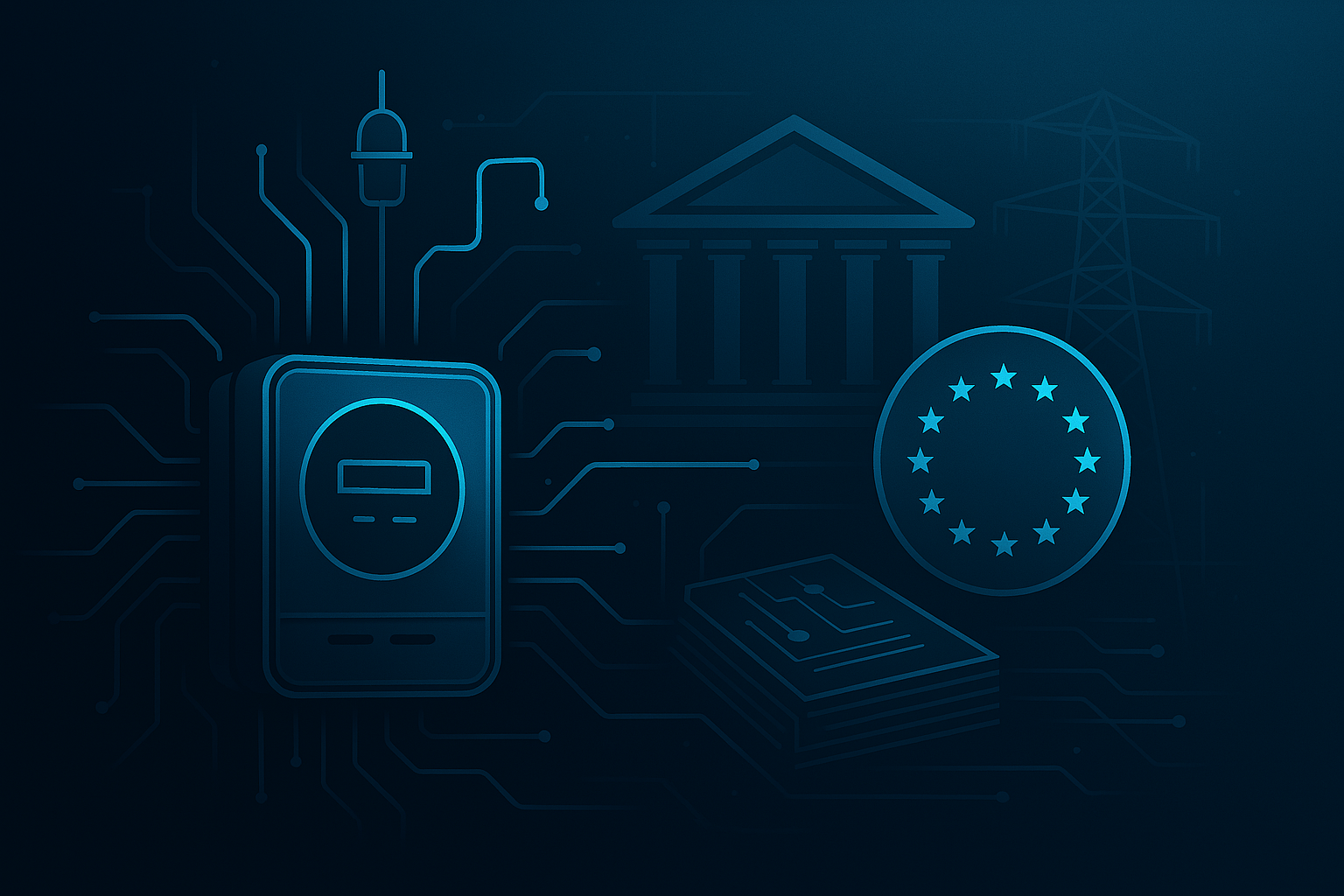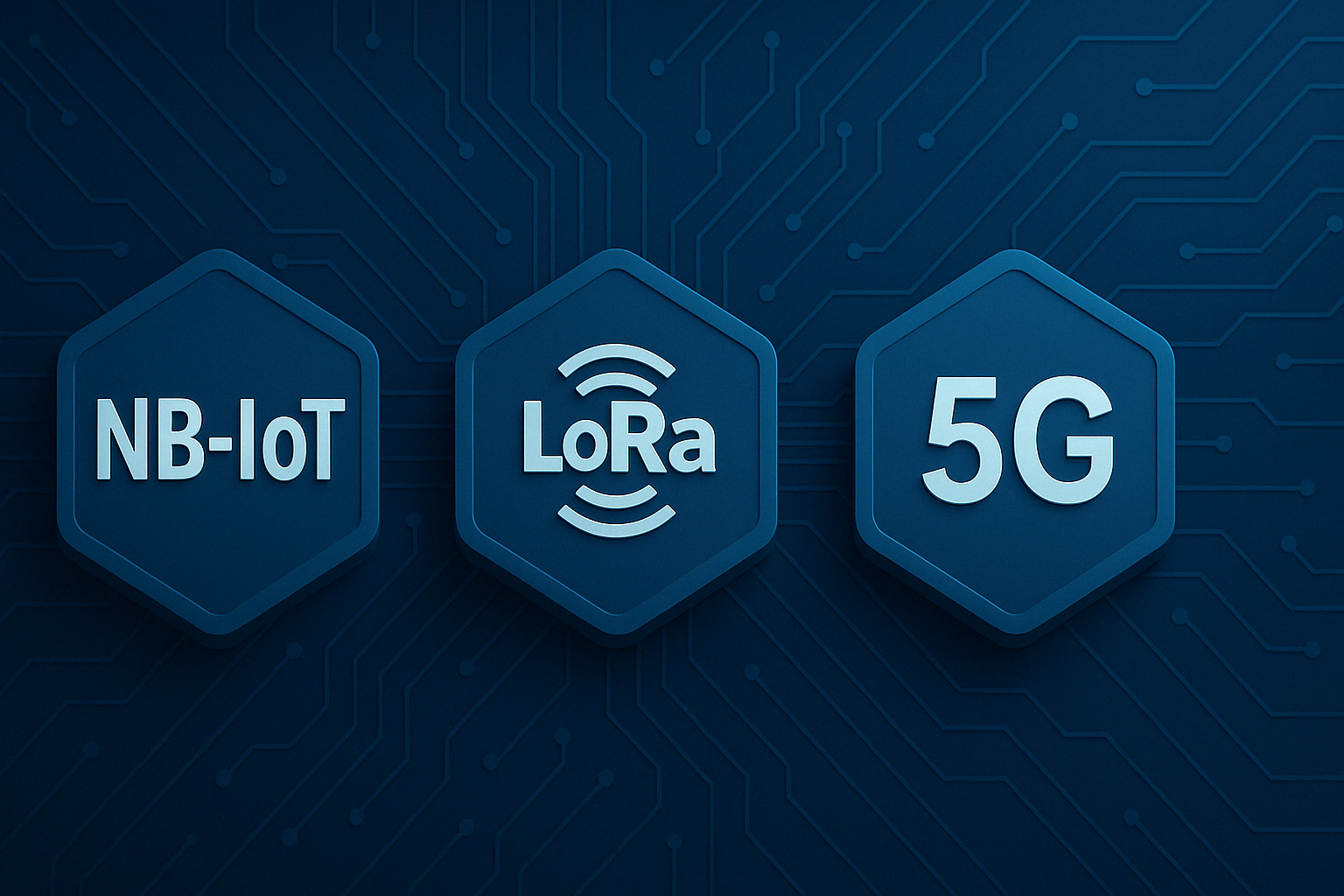
Highlights
- Mandatory remote-readability by 2027,
- Rising compliance costs,
- Opportunities in retrofitting
The European Union's Energy Efficiency Directive (EED) is a key part of Europe’s sustainability framework. With updates set for full implementation by 2027, smart meter manufacturers face significant changes. The new rules will reshape how smart meters are designed, produced, and deployed across the EU.
Key 2027 Energy Efficiency Directive Rules
The updated directive aims to improve energy efficiency through better tracking of energy use. Two important deadlines are driving change for smart metering companies:
- Since October 25, 2020: All newly installed heating, cooling, and hot water meters must be remotely readable.
- By January 1, 2027: All existing meters must be replaced or retrofitted with remote-readability capabilities.
These updates require utilities and manufacturers to invest in upgrading existing infrastructure and designing advanced smart meter solutions.
What EU Energy Efficiency Directive Means for Smart Meter Manufacturers
- Higher Demand for Remote-Readable Meters
Manufacturers must now produce meters equipped with remote reading technology. This will drive the need for IoT-enabled devices, built-in communication modules, and cloud-based data solutions.
- Push for Standardization
Manufacturers will need to align products with EU-wide standards, ensuring compatibility with various infrastructures and protocols (e.g., DLMS/COSEM, OMS). cencenelec.eu
- Increased Costs for Compliance
Meeting Energy Efficiency Directive requirements will require major investments in R&D. Manufacturers also need to ensure devices follow cybersecurity protocols, energy efficiency rules, and GDPR data protection regulations.
- Opportunities in Retrofitting
Retrofitting existing metering systems—rather than complete device replacements—presents a chance for innovation. Manufacturers offering cost-effective retrofit solutions can tap into a large market.
- Supply Chain Demands
Rising demand for advanced meters will put pressure on supply chains, especially for components that enable wireless technologies like NB-IoT, LoRaWAN, and 5G. interoperable-europe.ec.europa.eu
Global Best Practices and Market Insights
To navigate the evolving landscape effectively, manufacturers can look to global best practices and market data:
- Adoption Rates: As of 2022, countries like Sweden and Spain have achieved 100% penetration of smart meters among household consumers, setting benchmarks for other nations. statista.com
- Market Growth: The European smart meter market is projected to grow from USD 7.53 billion in 2025 to USD 13.37 billion by 2030, reflecting a compound annual growth rate (CAGR) of 12.18%. mordorintelligence.com
- Deployment Targets: The EU aims to deploy close to 110 million smart electricity meters between 2023 and 2028, indicating robust industry growth. researchandmarkets.com
- Technological Integration: Incorporating advanced technologies such as artificial intelligence, 5G, and blockchain can enhance smart meter functionality and integration into smart grids. interoperable-europe.ec.europa.eu
Conclusion
The 2027 EED directive presents a pivotal moment for smart meter manufacturers, offering a unique opportunity to redefine their role in Europe’s energy market. Businesses that proactively align with these regulations by integrating compliance into their R&D processes and fostering innovation across the product lifecycle will stand at the forefront of industry transformation.
Achieving success will demand targeted investments in future-ready technologies such as IoT and cloud solutions, along with an unwavering focus on interoperability, cybersecurity, and sustainability. Strategic collaboration with technology and connectivity experts will be essential to streamline development and enhance time-to-market efficiency, minimizing implementation risks.
For manufacturers willing to act decisively, the directive is far more than a regulatory challenge—it is a chance to lead and innovate within a competitive landscape. The steps taken today will shape the trajectory of tomorrow’s European utilities sector, ensuring businesses can thrive while advancing the region’s energy goals.
Now is the time to innovate, collaborate, and lead in building a sustainable and connected energy future for Europe.
Is your smart meter strategy ready for 2027?
Contact NOITAC today to explore innovative solutions for the future of smart metering.


